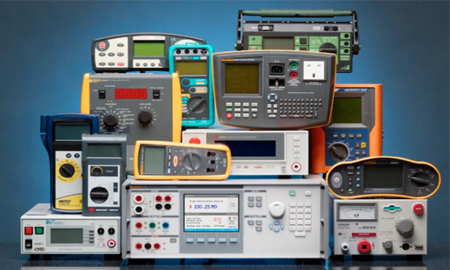Calibration
Formally, calibration is a documented comparison of the measurement device to be calibrated against a traceable reference standard/device. The reference standard may be also referred to as a “calibrator.” Logically, the reference standard should be more accurate than the device to be calibrated
A calibration service is a service with which any deviations and inaccuracies of measuring instruments and dimensional standards (or parts of a measuring instrument) are detected. The calibration determines any data that deviate from the “normal“. The tolerances of the measuring instrument or measuring means are first adjusted to normal values. Then, the calibration can begin. Normally, the following sequence for the calibration service is provided: first, the measurement process is described, secondly, the management conditions are detected, thirdly, the required standards are calculated, and fourthly, the mathematical concept are considered, followed by the collecting and recording the results. All measurements and calibrations are carried out in a calibration laboratory. The calibration laboratory manages, procures and repairs the instruments. In addition, most calibration services include a pickup and delivery service. Additional service programs include quick calibrations and weekend service. Depending on the complexity of the calibration, the dimensional standards can be calibrated directly at the customer’s address. Some calibration services also offer measuring equipment rental services or advice for the procurement of new equipment.
Calibration certificate
If a calibration can be performed for you, you receive a calibration certificate on which the precise results, such as calibration number, measurement data, measurement uncertainties and signatures are noted by the staff. These calibrations are extremely important in precisely reconstructing all the dimensional standards and recording the inaccuracies in detail in an official prescript. Therefore, one should always make sure that the calibration uncertainty is noted. In the interest of safety, a copy of the reports should be kept by either the client or the calibration staff. If the copies should be repealed, a laboratory should determine for exactly how long this should be done. The calibration should be recorded so that unique allocation is available for every gauge. The calibration will help you and tell you how and where you should keep everything in writing. In any case, you should make sure that the date and name of the calibrator are stored. The calibration certificate must be signed by an examiner from the calibration laboratory.
In addition to Calibration Services TRD can perform with international standards and codes.






